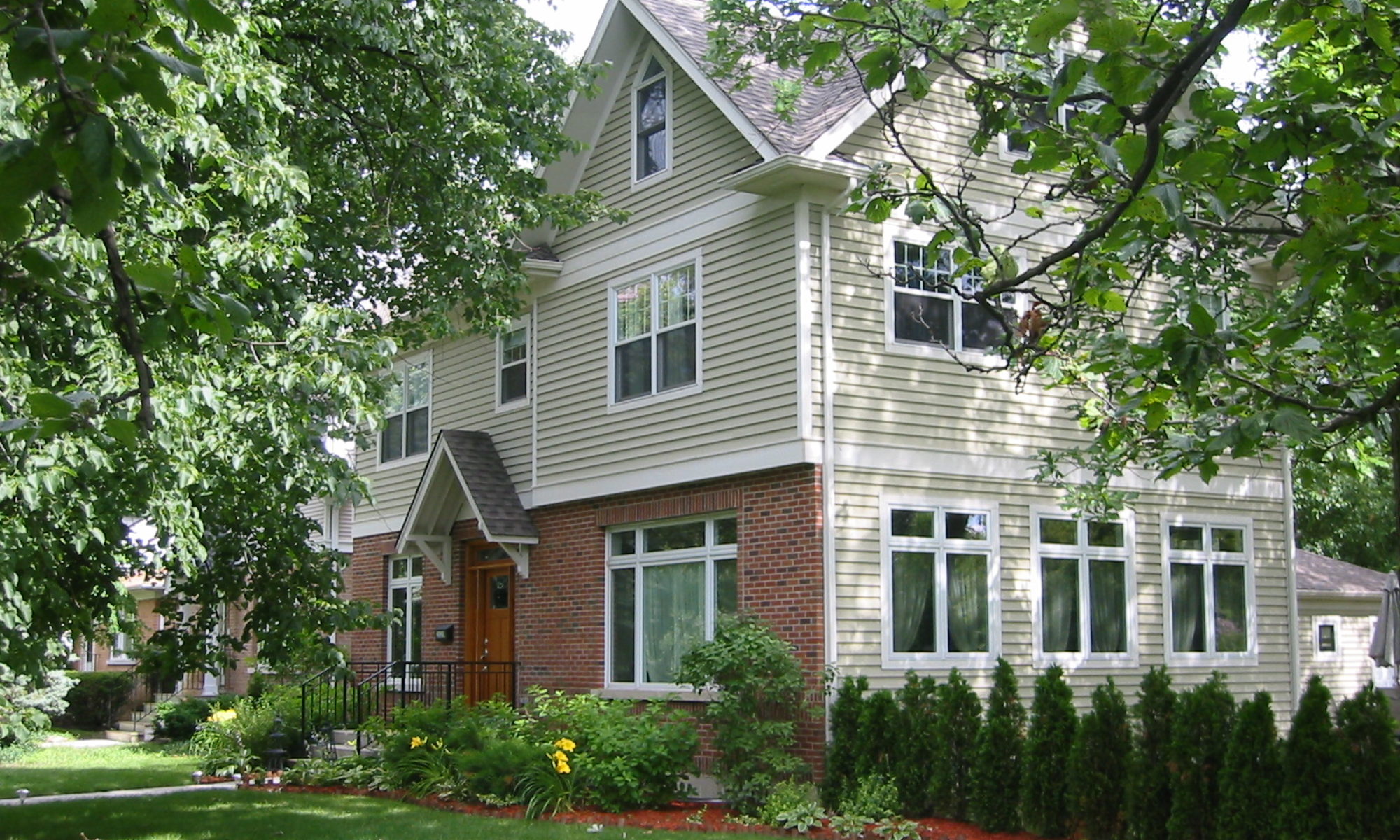One of the benefits of energy efficient design is an air tight, well insulated house that provides thermal comfort and lower energy bills. Choosing green interior finishes doesn’t necessarily offer the same type of economic payback. Decisions about these finishes are important however for their potential to provide a healthy interior that won’t cause illness or allergies and an opportunity to use materials with a low environmental impact. Here are some of the main considerations in choosing green finishes.
Toxicity: Some products emit unpleasant and sometimes dangerous fumes that can last long after occupants have moved in. They should be avoided.
Durability: Materials that hold up to hard wear reduce the frequency of repair or replacement and lessen waste.
Resource conservation: Reusing salvaged or recycled material means fewer resources have to be used to make new materials.
Sustainability: Building materials that come from easily renewable resources have less long term impact on the environment.
In choosing materials, one should consider the context in which they will be used. There are trade offs. For example, as a rule, less toxic alternatives should be used instead of more toxic. However, if a more toxic alternative provides a more durable finish, say oil based finish versus water based, and it can be applied in a way that won’t affect the occupants, it could prove to be the best choice because of its durability.
Other considerations include the following: Materials should be produced in the least disruptive manner possible. It’s best if they can be recycled at the end of their useful life. The application should be durable. The “embodied energy” which is the energy used to make a product, should be low. The product should not contain high amounts of volatile organic compounds (VOC), which are chemicals that easily convert to gas at room temperature. And wood products and adhesives should not contain urea formaldehyde.
The following are some of the green finishes available today and their pros and cons.
Paints and finishes made with low VOCs have reduced VOC off gassing. They generally cost more than standard products.
Natural clay plaster with integral color is an alternative to paint and does not contain VOCs. It costs more than paint.
Water based wood finishes have lower VOC content than solvent based finishes. Some people don’t like the appearance of the finish compared to solvent based finish.
Low VOC adhesives and caulks such as urethane based adhesives are less toxic than solvent based and have less VOCs.
Interior Cabinet construction uses particle board cores without formaldehyde based binders. Cabinet faces use wood certified as being harvested from a sustainable source. Use of wood veneer in lieu of solid wood conserves resources. Cost may be higher than standard materials.
Countertops made with plastic laminate, solid surfacing, stainless steel, tile, wood, natural stone and concrete are all options. Materials which are durable, don’t contain formaldehyde wood substrates and have low embodied energy are good green options.
Flooring such as finished concrete, linoleum, vinyl, bamboo, FSC certified wood flooring in solid wood and engineered prefinished varieties, cork, natural carpet, synthetic carpet, tile, rubber and reclaimed wood are all options. Considerations about flooring include durability, non toxicity, renewable sourcing and low embodied energy. Vinyl and synthetic carpet are manufactured from toxic materials and have high VOC off gassing. Many carpet companies are addressing the issue by creating products with green label certification with reduced VOC emissions.
The marketplace is creating a variety of products that are less toxic, more durable, conserve resources and are sourced from sustainable sources. By weighing the options you can choose finishes that are healthier, have a low environmental impact and are aesthetically pleasing.

